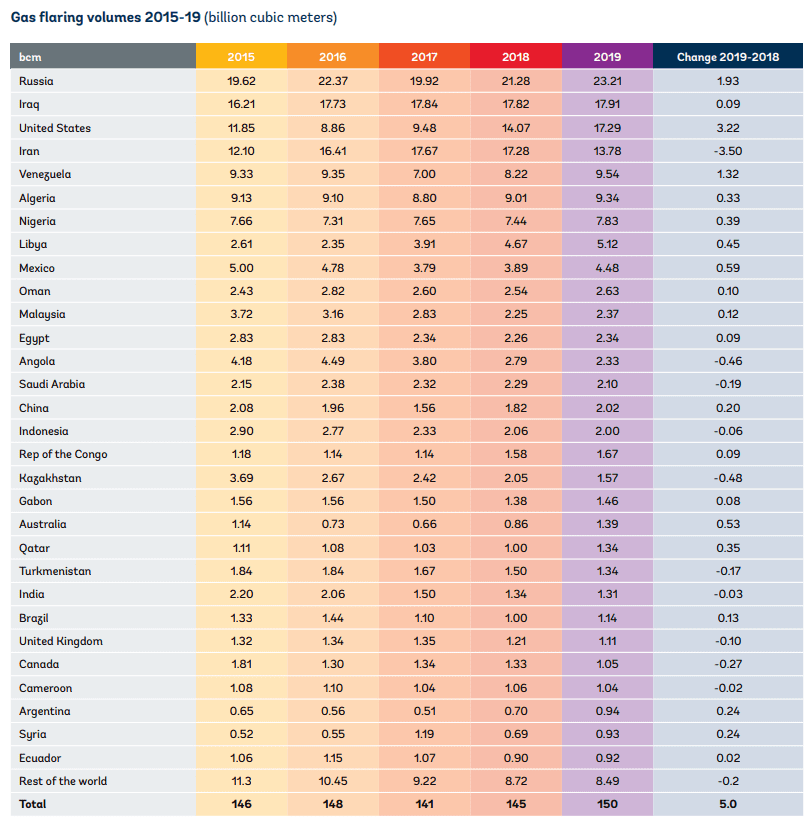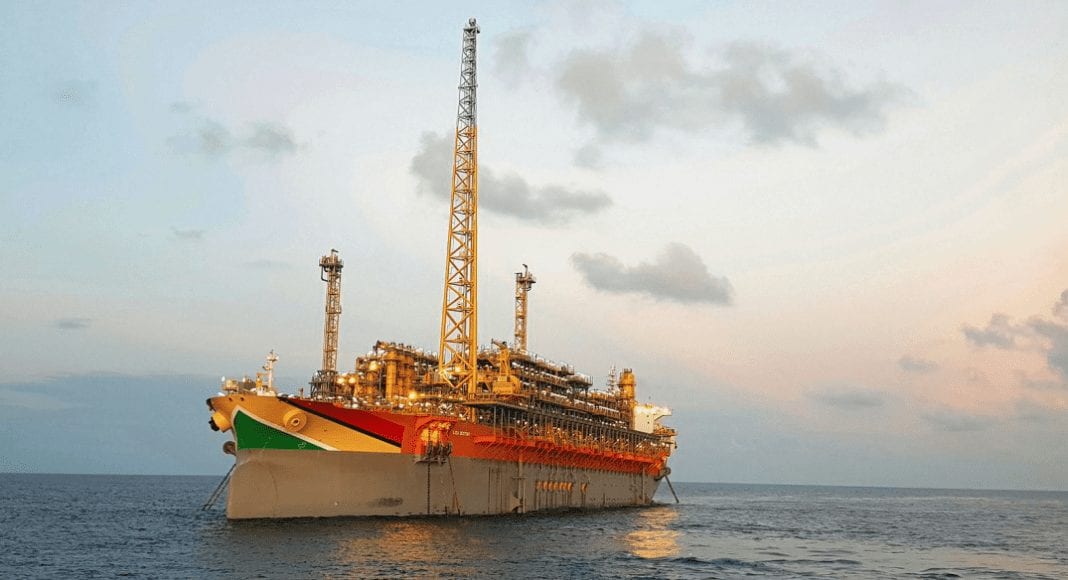According to the World Bank Global Gas Flaring Tracker Report released in July this year, the global average for flaring stands at 8.49 billion cubic meters as of 2019. Russia, Iraq, the United States, Iran and Venezuela are the top five countries for flaring out of a list of 30, with Ecuador coming in with the lowest volumes at 920 million cubic meters.
Guyana, where ExxonMobil began producing oil in December 2019, has had a longer than expected period of flaring at the Liza Destiny FPSO after challenges were encountered with a gas compressor on the vessel. An estimated 9 to 10 billion cubic feet of gas have been flared, with the Environmental Protection Agency indicating that at one period, the average volumes were 12 to 15 million cubic feet per day.
While the measurement used by the EPA is in cubic feet, the World Bank uses cubic metres in its analysis. Based on conversion, 1 cubic meter is equivalent to 35.3 cubic feet.
Using an estimate of 10 billion cubic feet of gas flared to date offshore Guyana, this would amount to 283,168,466 cubic meters over a period of approximately 7 months which works out to around 40,452,638 cubic metres per month.
At this current rate, 485,431,656 cubic metres of gas would be flared in a 12-month period, placing Guyana lower than Ecuador and outside of the top 30 countries, as listed by the World Bank.
The World Bank provides a global average of 8.49 billion cubic metres for gas flaring in 2019 which means that Guyana, with the estimated 485,431,656 cubic metres in a 12-month period, would be around 17 times below this world average.
While comparatively, the volumes being flared at the Stabroek Block remain lower than the world average, the prolonged emissions are a major concern for Guyana.
“We don’t favour flaring,” Vice President, Bharrat Jagdeo said at a press conference on Monday, signaling government’s intent to take a firm stance on the environmental concerns associated with oil production.
“Our teams are working tirelessly to resolve these issues,” ExxonMobil Guyana Public and Government Affairs Advisor, Janelle Persaud, told OilNOW in August.
The Global Gas Flaring Tracker is produced on an annual basis by the World Bank-managed Global Gas Flaring Reduction Partnership (GGFR), which includes governments, oil companies, and international institutions working to end routine gas flaring at oil production sites around the world.
“What we find in our latest gas flaring estimates from satellites orbiting the earth and identifying flares globally is that gas flaring has increased to levels last seen in 2009—a full decade earlier,” the World Bank said. “While 2020 is likely to see a decline in global gas flaring, the data suggests that gas flaring continues to be a persistent problem, with solutions remaining difficult or uneconomical in certain countries.”
The World Bank says its Global Gas Flaring Tracker is the only global and independent indicator of routine gas flaring. Data is taken directly from a satellite launched in 2012 and monitored by the United States National Oceanic and Atmospheric Administration (NOAA). The Tracker, the World Bank said, is thus one of the best tools to raise awareness, track progress and drive collective action.




